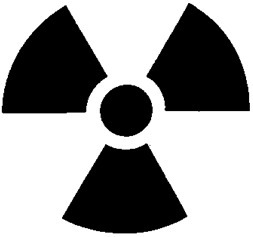by
Brendon Nafziger, DOTmed News Associate Editor | April 03, 2012
More elderly patients are getting higher doses of radiation from advanced CT scans than in the past although the actual risk of developing cancer as a result of the scans appears to be very low, according to a new study by Stanford University researchers.
Studies released in the past year or two have made headlines by claiming that 1.5 to 2 percent of future cancers could be caused by the radiation from CT scans. One study even predicted tens of thousands of cancer deaths could be chalked up to the imaging technology.
But the new study, which combs through claims data for two cohorts representing millions of Medicare patients, found estimates for cancer rates for patients getting scans to be far less than one-tenth of a percent.



Ad Statistics
Times Displayed: 174450
Times Visited: 3180 For those who need to move fast and expand clinical capabilities -- and would love new equipment -- the uCT 550 Advance offers a new fully configured 80-slice CT in up to 2 weeks with routine maintenance and parts and Software Upgrades for Life™ included.
The researchers of the new study, published in the April issue of the Journal of the American College of Radiology, said even this number might be too high. That's because the study's models depend on data from Japanese atom bomb survivors, whose exposure to radiation was very different.
Also, the authors' models conservatively include Medicare patients exposed to low cumulative doses of CT radiation, between 1 and 50 millisieverts, although they say, so far, there's no scientific consensus that these modest levels are carcinogenic.
"We find that with advances in high-speed CT technology, the risk for secondary cancers is still very low in the elderly, but radiation doses have been increasing along with the increasing reliance on CT scans for diagnosis and management," wrote the researchers, led by Aabed B. Meer with Stanford in Palo Alto, Calif.
Examining claims
The study looked at claims from two four-year cohorts of Medicare patients. The first cohort, from 1998 to 2001, had about 5.27 million patients, and the second, later cohort, from 2002 to 2005, had around 5.56 million patients.
CT scanning became more common in the later cohort, possibly as a result of the introduction of speedy multidetector scanners in the early 2000s, the researchers said.
About 42 percent of patients in the 1998-2001 group had at least one scan, compared with 50 percent in the 2002-2005 group. Although head CT scans were more common, abdominal scans were responsible for the bulk of the radiation dose in both cohorts, about 40 percent of the total dose received, the authors said.
But patients weren't just getting more scans. They were also getting higher cumulative doses of radiation, the researchers said.
According to the study, the proportion of patients in the later cohort exposed to high cumulative doses of radiation almost doubled. In the 1998-2001 group, about 0.5 percent of patients received 100 mSv or more cumulatively. In the 2002-2005 group, the number grew to 1.2 percent.

